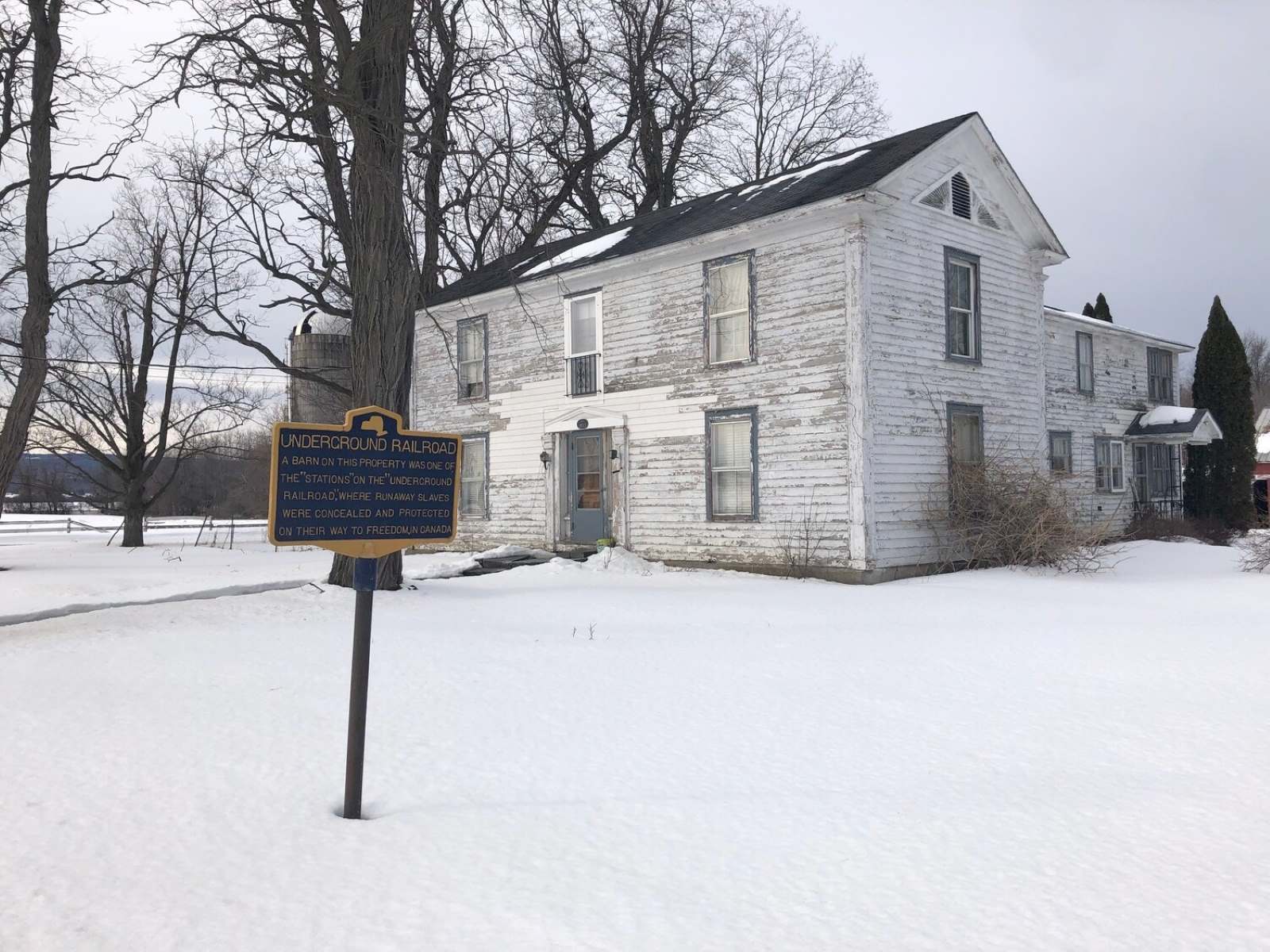Hidden Quaker Stations Of The Underground Railroad

Have you ever wondered about the hidden Quaker stations of the Underground Railroad? These secret stops played a crucial role in helping enslaved people escape to freedom. Quakers, known for their strong beliefs in equality and peace, risked their lives to provide shelter, food, and guidance. Many of these stations were hidden in plain sight, often disguised as ordinary homes or barns. Today, you can visit some of these historic sites and learn about the brave individuals who made these daring rescues possible. Ready to step back in time and uncover these hidden gems? Let's dive into the history of these remarkable places.
Hidden Quaker Stations of the Underground Railroad
The Underground Railroad was a network of secret routes and safe houses used by enslaved African Americans to escape into free states and Canada. Quakers, known for their strong anti-slavery stance, played a crucial role in this network. Here are some hidden Quaker stations that were vital in the fight for freedom.
Pennsylvania: The Keystone State of Freedom
Pennsylvania, with its large Quaker population, became a hub for the Underground Railroad. Many homes and meeting houses served as safe havens.
The Johnson House
Located in Philadelphia, this house was owned by a Quaker family who used it to hide runaway slaves. The attic and basement were often used as hiding spots.The Emlen House
Situated in Germantown, this house belonged to George Emlen, a Quaker who provided shelter and food to those escaping slavery.The Haverford Meeting House
This meeting house in Haverford was a key stop. Quakers here coordinated with other stations to ensure safe passage.
Ohio: The Gateway to the North
Ohio's proximity to slave states made it a critical area for the Underground Railroad. Quaker communities here were instrumental in aiding escapees.
The Levi Coffin House
Known as the "Grand Central Station" of the Underground Railroad, this house in Cincinnati was run by Levi Coffin, a Quaker who helped over 3,000 slaves escape.The Rankin House
Perched on a hill in Ripley, this house was owned by John Rankin, a Presbyterian minister with strong Quaker ties. It offered a clear view of the Ohio River, a natural boundary between slave and free states.The Springboro Friends Meeting House
Located in Springboro, this meeting house served as a crucial stop. The Quakers here were known for their unwavering support of the abolitionist cause.
Indiana: The Crossroads of America
Indiana's Quaker communities were deeply involved in the Underground Railroad, providing numerous safe houses and support.
The Levi Coffin House (Fountain City)
Another home of Levi Coffin, this house in Fountain City, Indiana, was a major stop. Coffin and his wife, Catharine, were tireless in their efforts to help escapees.The Union Literary Institute
Founded by Quakers and free African Americans, this school in Randolph County also served as a station. It provided education and shelter to those seeking freedom.The Carthage Friends Meeting House
Located in Carthage, this meeting house was a key stop. Quakers here worked closely with other stations to ensure safe passage.
New York: The Empire State of Liberty
New York's Quaker communities played a significant role in the Underground Railroad, offering numerous safe havens.
The Peterboro Home of Gerrit Smith
Gerrit Smith, a wealthy Quaker, used his home in Peterboro as a station. He also provided financial support to the abolitionist cause.The Plymouth Church of the Pilgrims
Located in Brooklyn, this church was led by Henry Ward Beecher, a Quaker minister. It served as a safe house and a place to raise funds for the Underground Railroad.The Farmington Quaker Meeting House
Situated in Farmington, this meeting house was a key stop. Quakers here were known for their active participation in the abolitionist movement.
Massachusetts: The Cradle of Abolition
Massachusetts, with its strong abolitionist sentiment, was home to several Quaker stations that were vital to the Underground Railroad.
The Nathan and Polly Johnson House
Located in New Bedford, this house was owned by a Quaker couple who provided shelter to runaway slaves, including Frederick Douglass.The Worcester Friends Meeting House
This meeting house in Worcester was a key stop. Quakers here were deeply involved in the abolitionist movement and provided support to escapees.The Concord Home of the Alcott Family
The Alcott family, known for their Quaker beliefs, used their home in Concord as a station. They provided shelter and support to those seeking freedom.
The Legacy of Quaker Stations
Quaker stations played a crucial role in the Underground Railroad. These safe havens provided shelter, food, and guidance to countless freedom seekers. The bravery of Quaker families and their unwavering commitment to justice helped shape the course of history. Visiting these historic sites today offers a glimpse into the past and a chance to honor those who risked everything for freedom.
Exploring these hidden gems not only enriches our understanding of history but also inspires us to continue the fight for equality. Each station tells a story of courage and compassion, reminding us of the power of standing up for what is right. Whether you're a history buff or just curious, these Quaker stations are worth the visit. They serve as powerful reminders of the enduring human spirit and the relentless pursuit of freedom.

